The line between luxury and art is blurring across the world, but it’s doing so especially quickly in China.
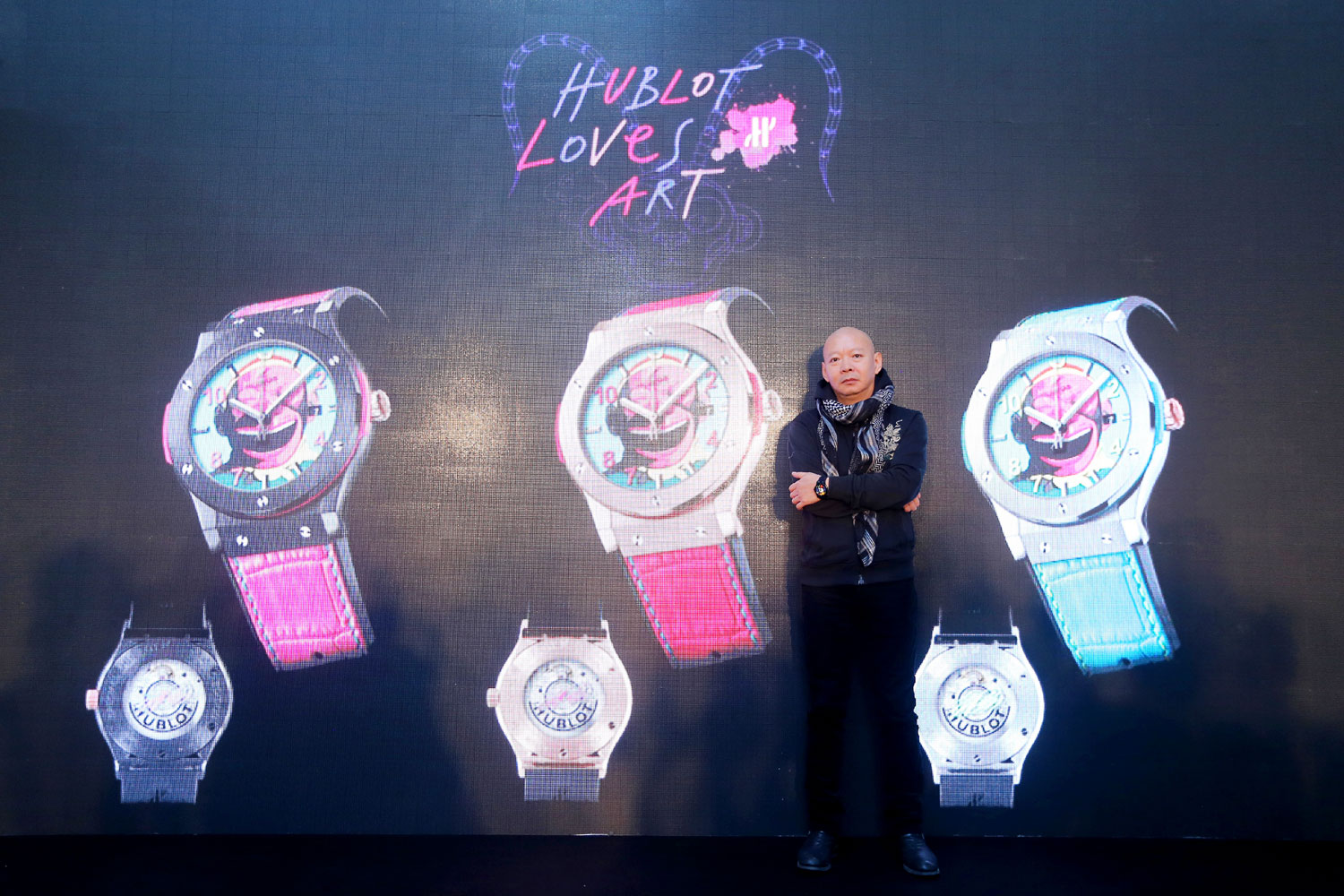
With extremely high net worth and a taste for the finer things in life, art collectors are seen as the Holy Grail of customer demographics for luxury brands. As the ultimate luxury item, art has long been a way for labels that produce handbags, jewelry, and clothes to transcend their commercialism though sponsorship and collaborations, reaching prospective customers on a higher level than can be achieved in a retail setting. Thanks to its role as a critical global market for both art and luxury goods, China has become a key location where brands are using museums, galleries, and their own products to reach this affluent audience.
There are many marketing benefits for luxury brands that tap into the influence of the elite art world in China. When holding or sponsoring exhibitions, brands can reach museums’ and galleries’ VIP Chinese networks, who are invited to exclusive openings and exposed to the brand through the organizations’ mailing accounts and social media.
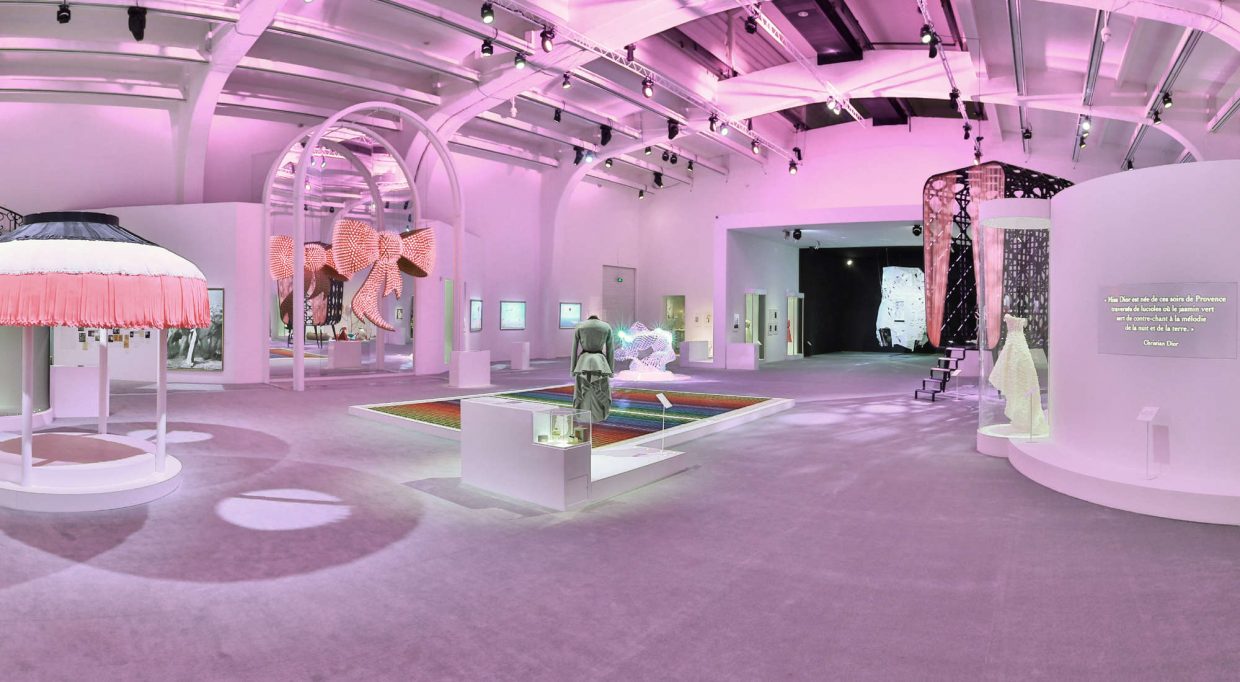
Many luxury brand-sponsored China exhibitions at prestigious museums and galleries merge art, branding, and the products themselves. In the case of branded exhibitions, the luxury products are placed alongside art in an equal setting as in Gucci’s recent “No Longer / Not Yet” exhibition at the Minsheng Art Museum in Shanghai, or the items become art themselves—such as when Dior had prominent Chinese artists design their own interpretation of the classic Lady Dior handbag for its “Lady Dior as Seen By”exhibition. Other examples include Bottega Veneta’s “Art of Collaboration” exhibition that began on opened at UCCA in Beijing on June 8, Dior’s Shanghai exhibition in 2014 and Beijing exhibition in 2015 featuring the Miss Dior fragrance reinterpreted by 17 female artists, and Mercedes Benz’s opening of the ‘ME’ lifestyle boutique in Beijing collaborating with famed sculptor Cai Zhisong.

In addition to these branded collaborative exhibitions, luxury companies are also heavily involved in philanthropy in China’s art world, sponsoring a growing number of Chinese contemporary art exhibitions both in China and globally. Earlier this year, conglomerate LVMH hosted an exhibition at the Fondation Louis Vuitton in Paris that marked the first time in a decade that an exhibition devoted to contemporary Chinese art had appeared in the city. Called “Bentu: Chinese artists at a time of turbulence and transformation,” the exhibition ran from January 27 to May 2 and brought together the work of 12 mainland Chinese artists of different generations focusing on massive changes happening in Chinese society.
It is true that there is a correlation between the fine arts and luxury goods sectors, as buyers of the former are often buyers of the latter. To give clues about their status and wealth, high net worth individuals (HNWIs) tend, in general, to surround themselves with luxury goods and art works. With a rising trend of HNWIs becoming more numerous, especially in emerging economies such as China, Brazil and India, the demand for luxury goods and art works is bound to increase. “In Asia, Russia and the Middle-East, the purchase of artworks has acquired enormous cultural, economic and lifestyle importance. The decade’s new millionaires, hopping from art fairs to auction sales the world over, have transformed the auction market into an increasingly high-end market. As one of the most important economic features of the art market is that it is essentially supply-driven (i.e. there is a limited amount of high-quality fine arts pieces available on this market), increased demand cannot necessarily increase supply, and instead elevates prices of art works.
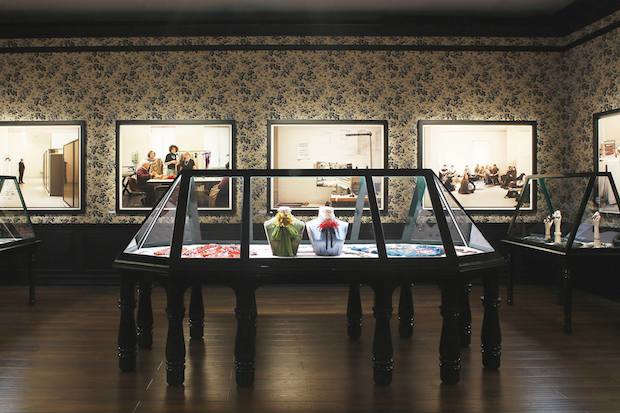
But brands need to make sure that their efforts in the art world are seen as genuine. Luxury and art collaborations work best when there is a true connection between the exhibition and the brand’s history, values, and marketing strategy in China. If these things are aligned, it becomes possible to find very interesting ways of working together that, rather than dilute the exhibition content, allowing brands to share it with a larger audience than might simply working on their own. In addition to luxury brands, large banks are also getting involved in the Chinese art world to reach ultra-rich potential clients for wealth management services. UBS serves as the lead partner for Art Basel (taking over from Deutsche Bank as the lead sponsor in 2013) and now has a direct line to the Chinese art collector scene through Art Basel Hong Kong. Meanwhile, Bank of America Merrill Lynch has been supporting numerous Chinese art restoration projects including a collection of ancient Qinglongzhen ceramics at the Shanghai Museum and a Sui dynasty marble Buddhist figure at the British Museum.
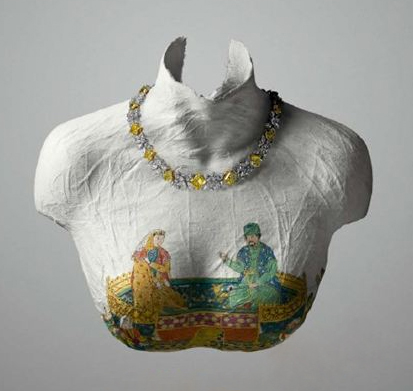
The alignment between art and luxury in China takes place not only in traditional exhibition venues, but in commercial spaces as well. Luxury art malls frequently feature new pieces and exhibitions to attract foot traffic. These retail exhibitions aren’t just showing works by small unknown names—the first ever Monet exhibition to take place in mainland China was not at a museum, but at K11 Art Mall in Shanghai in 2012. Shopping centers outside China are also taking an interest in Chinese art as wealthy Chinese travelers fan the globe—around the time of Chinese New Year this year, French department store Le Bon Marché featured a major installation by Ai Weiwei.
Meanwhile, luxury art hotels have been rapidly popping up across China so quickly that fine art is almost a requirement for a new property to gain the attention of the ultra-elite—in addition to Swire Hotels’ quickly expanding art hotel portfolio that includes Beijing’s EAST Hotel and Opposite House and Chengdu’s Temple House, Hotel Eclat Beijing has works by Dali and Warhol, as well as contemporary Chinese artists Chen Wenling, Gao Xiaowu, and Zeng Fanzhi. Zeng Fanzhi also created US$50 million worth of artwork for the new state-owned luxury art hotel brand NUO, which opened its first location in July last year in Beijing and plans to take its brand global. Meanwhile, the Swatch Art Peace Hotel on Shanghai’s Bund, which is owned by the watch conglomerate, features both retail space and an artist residency program.
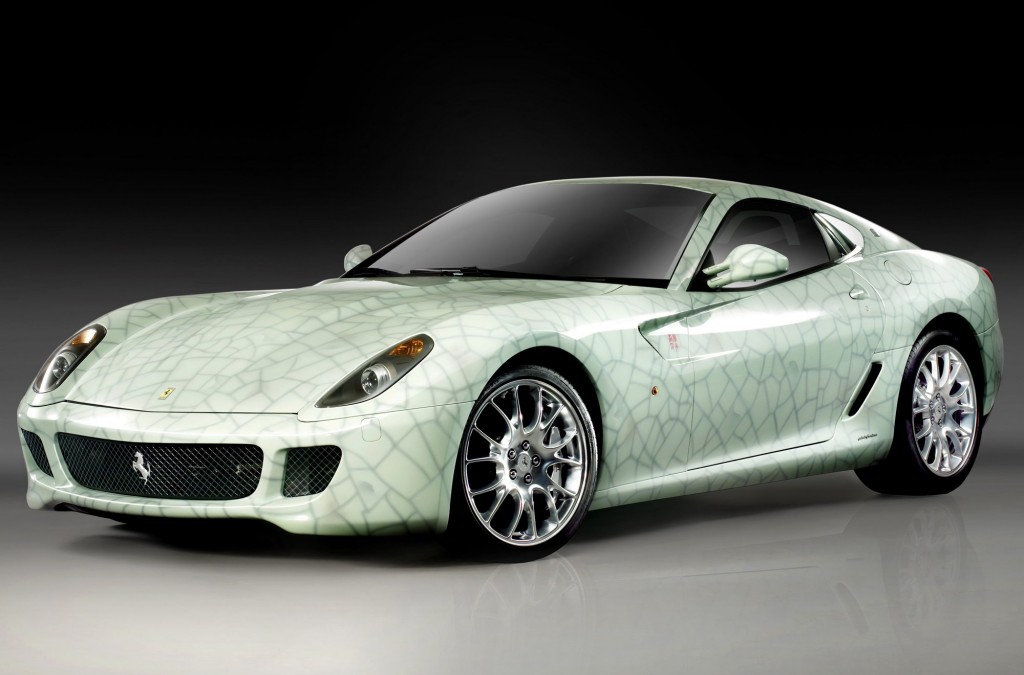
One area in which the art and luxury worlds have been slower at merging in China is the case of artist collaborations with fashion brands. In April this year, Louis Vuitton teamed up with legendary contemporary Chinese artist Xu Bing to create a trunk that will be auctioned off at Sotheby’s in Beijing later this year. The trunk, which took two years to make, features the traditional Louis Vuitton monogram pattern along with Xu Bing’s signature hybrid English-Chinese script to form text inspired by a poem by the modern Chinese poet Zhai Yongming, and inside are traditional Chinese ink brushes.
The idea that luxury can be a form of “art” in itself is gaining traction, if recent Hong Kong auction results are any indication. While watches and jewelry have long been auction staples, luxury leather goods are now becoming a growing force in the global auction scene, with China serving as the epicenter for the action. Last week, a diamond-encrusted Birkin handbag made of Himalaya Niloticus crocodile skin set the record for the most expensive handbag ever sold at auction when it commanded a price of USD 300,168. This overtook the previous record for a handbag which was set just last year with the purchase of a fuchsia diamond-studded Birkin for $222,000—also sold at Christie’s Hong Kong.
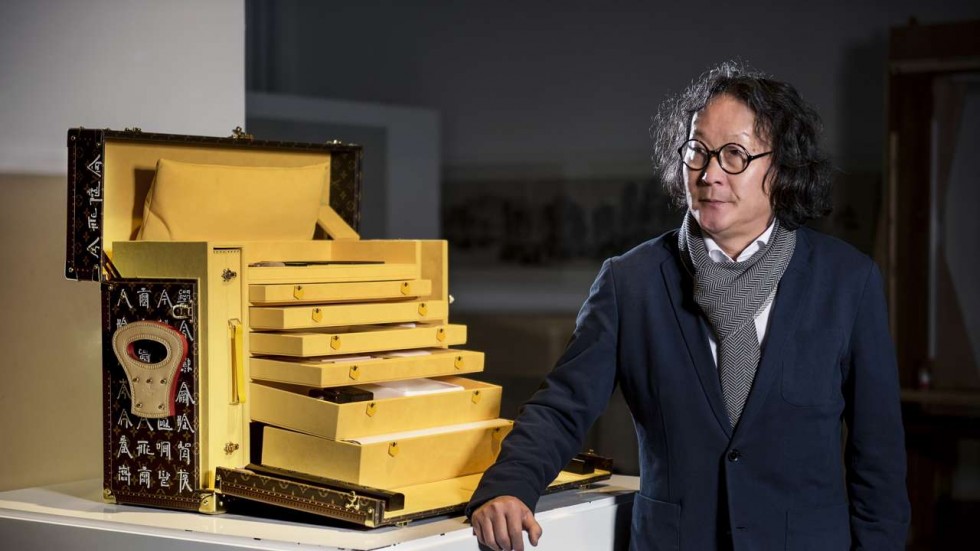
As the luxury world becomes increasingly assertive that at least some of its products could be considered true works of art, there is concern among curators about commercialization and their growing reach into the art world. In the future, China is likely to be at the front lines of this debate as the spending habits of its rich determine if both artists and brands benefit from these collaborations in the long run.
